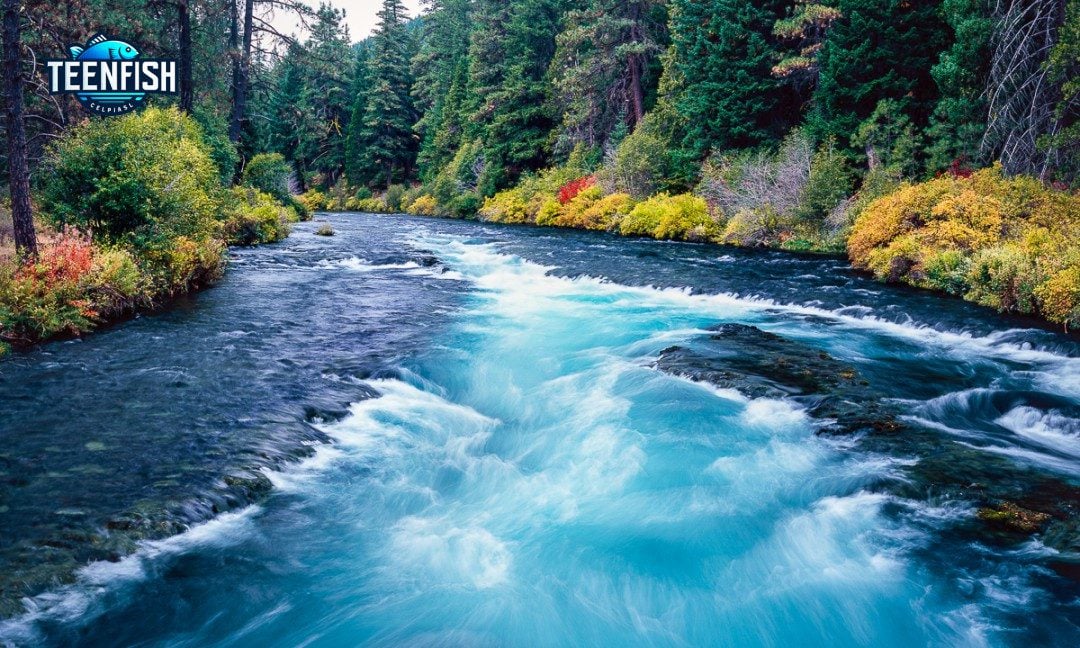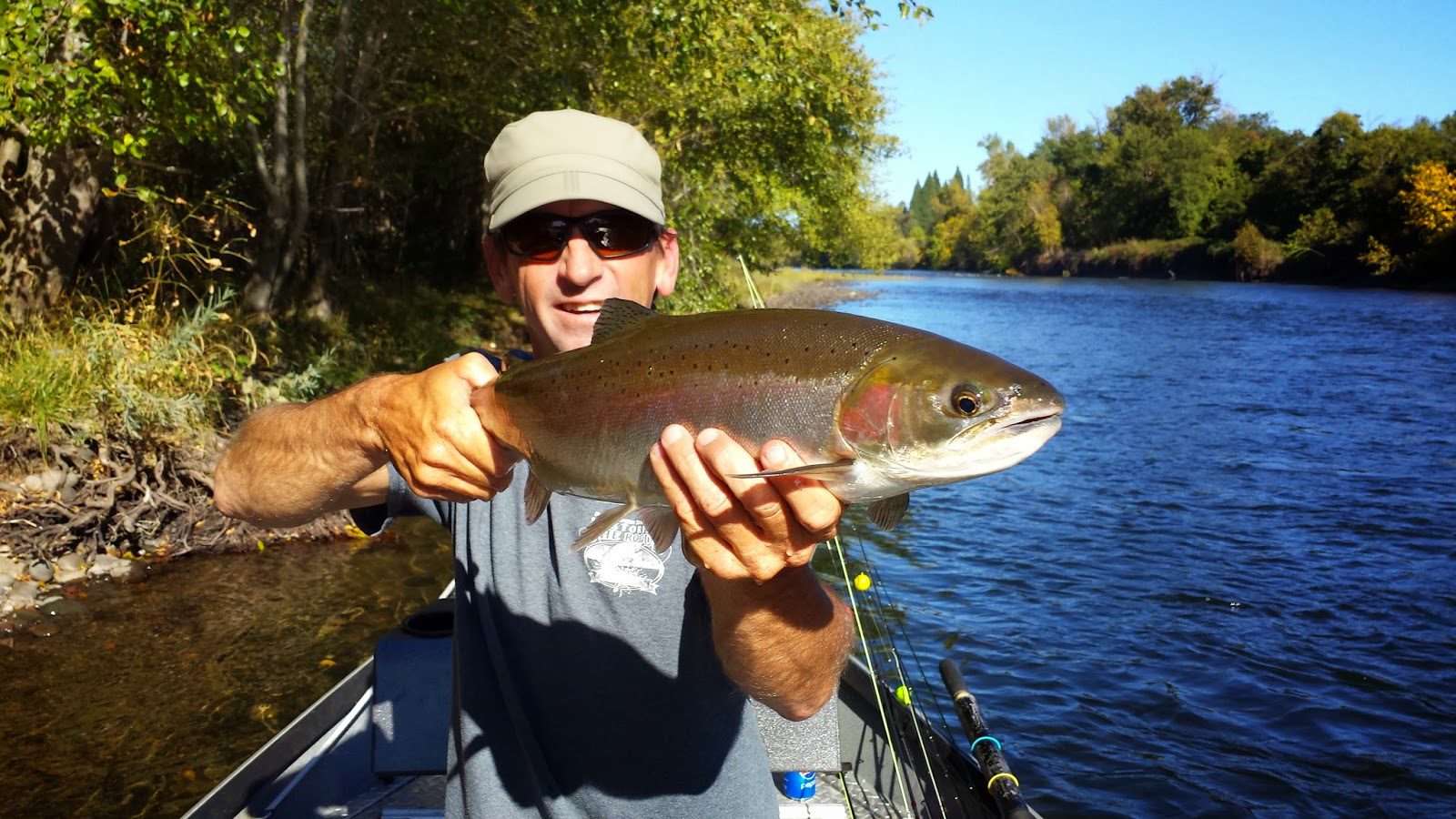Oregon is renowned for its world-class Chinook (King) salmon fishing, drawing anglers from far and wide to its pristine rivers in pursuit of these prized trophy fish. The state’s rivers offer diverse fishing opportunities, breathtaking scenery, and the chance to land the catch of a lifetime. In this comprehensive guide, we’ll explore the top five rivers in Oregon for trophy Chinook salmon fishing, share expert tips and techniques, and provide essential information on fishing licenses and regulations.
1. Columbia River
The mighty Columbia River is undoubtedly Oregon’s most iconic salmon fishery. This massive river system, stretching over 1,200 miles from British Columbia to the Pacific Ocean, hosts multiple runs of Chinook salmon throughout the year. The Columbia River’s spring Chinook run begins in March, followed by the larger summer run, often referred to as “June Hogs” due to their impressive size. Fall Chinook enter the river in August and can be caught through October.
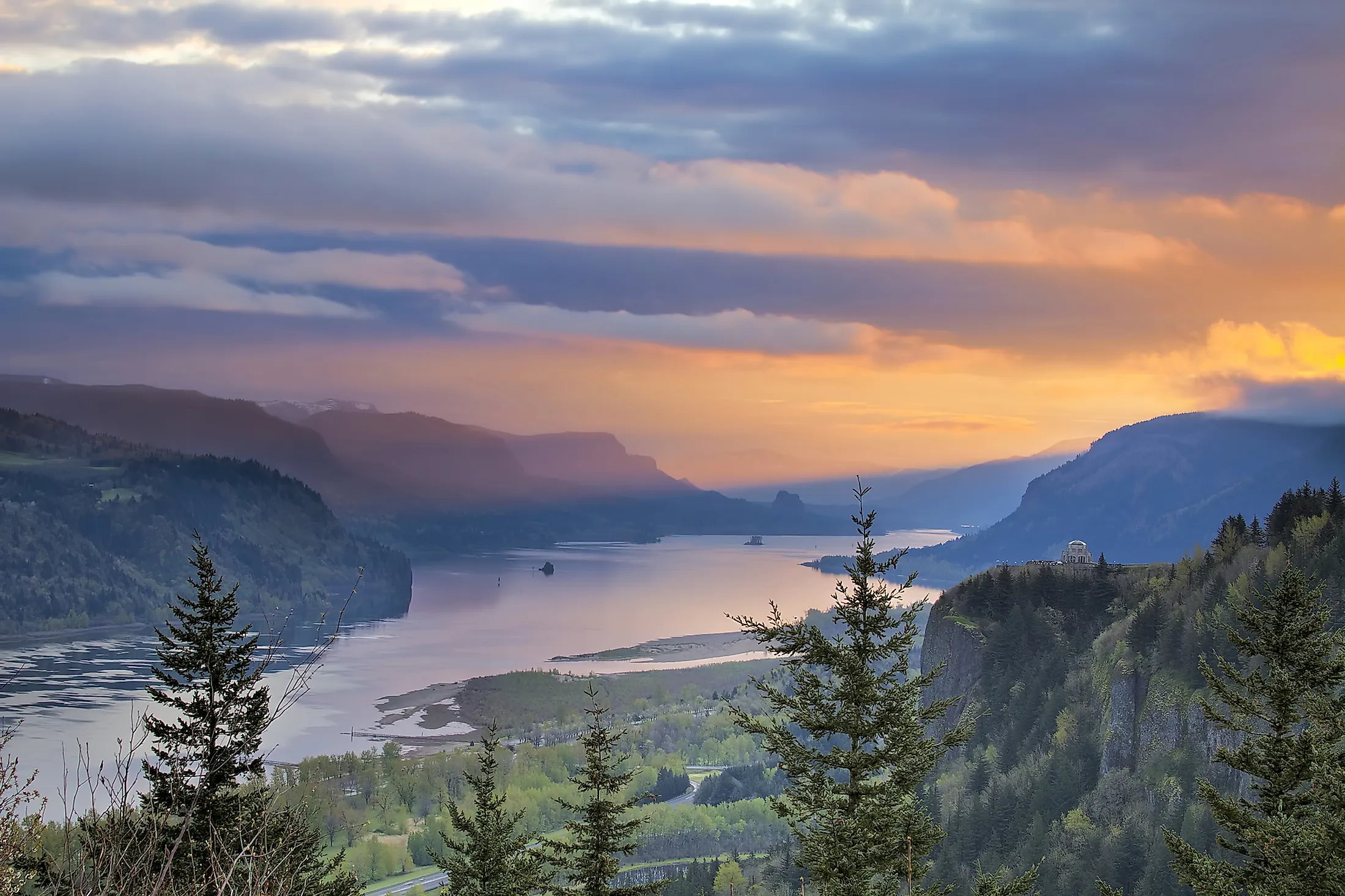
Fishing Tips: When targeting Chinook on the Columbia River, trolling with spinners, plugs, and herring or anchovy rigs is highly effective. Focus on deep holes, ledges, and current seams where salmon tend to hold. Backtrolling with divers and bait can also produce excellent results.
2. Rogue River
Located in southern Oregon, the Rogue River is a premier destination for trophy Chinook salmon. This scenic river offers both spring and fall Chinook runs, with fish often exceeding 40 pounds. The Rogue’s rugged wilderness setting and crystal-clear waters make it a favorite among fly anglers and conventional gear enthusiasts alike.
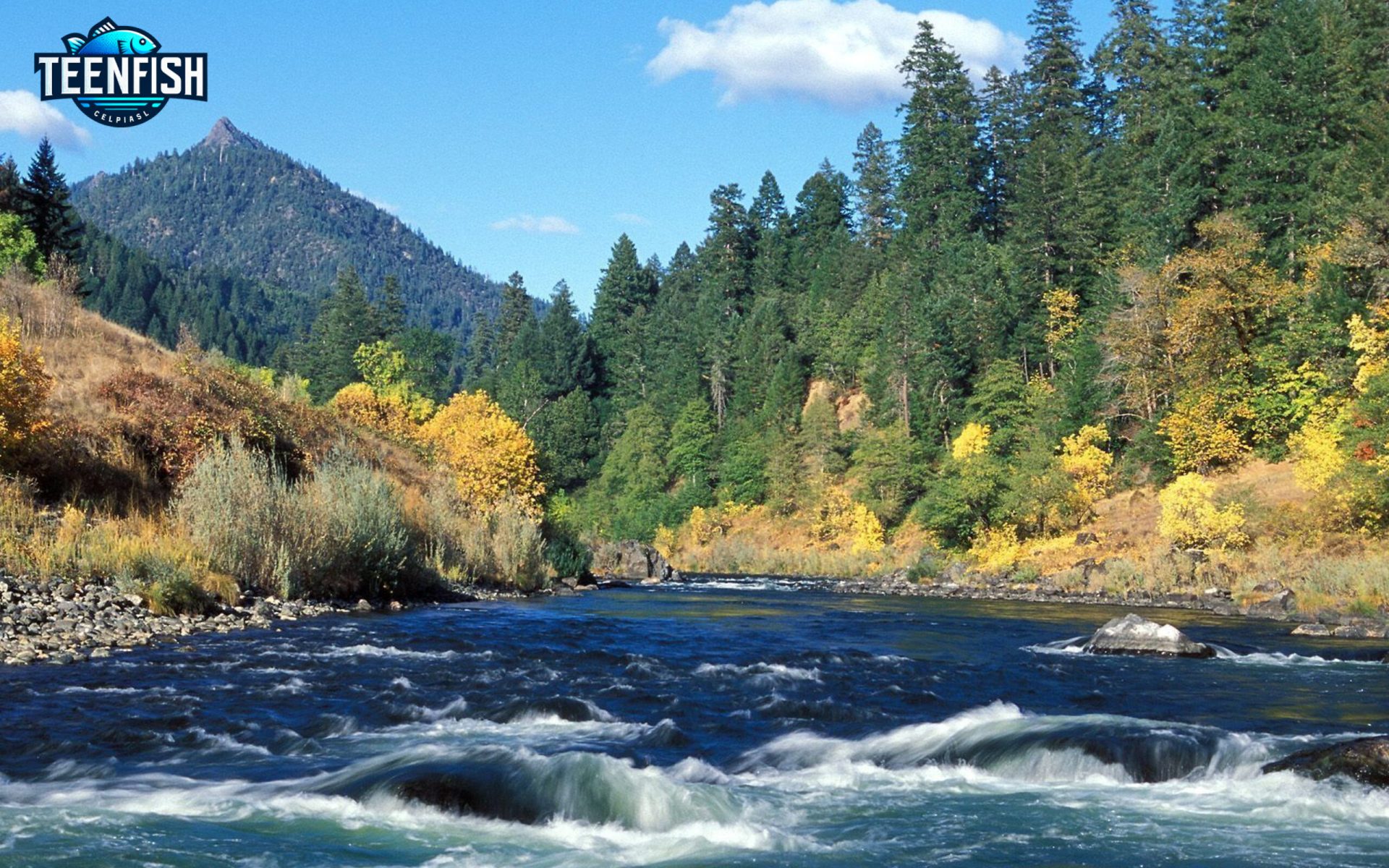
Fishing Tips: On the Rogue River, drift fishing with roe, sand shrimp, or sardine-wrapped Kwikfish lures is a proven technique. Backtrolling with divers and bait can also be highly productive. For fly anglers, swinging large streamers on heavy sink-tip lines can elicit explosive strikes from aggressive Chinook.
3. Umpqua River
The Umpqua River system, consisting of the Main, North, and South forks, is a Chinook salmon powerhouse. This picturesque river in southwestern Oregon boasts strong runs of spring and fall Chinook, with fish regularly surpassing the 50-pound mark. The Umpqua’s diverse habitat, from its tidal lower reaches to its forested upper stretches, provides ample opportunities for anglers of all skill levels.
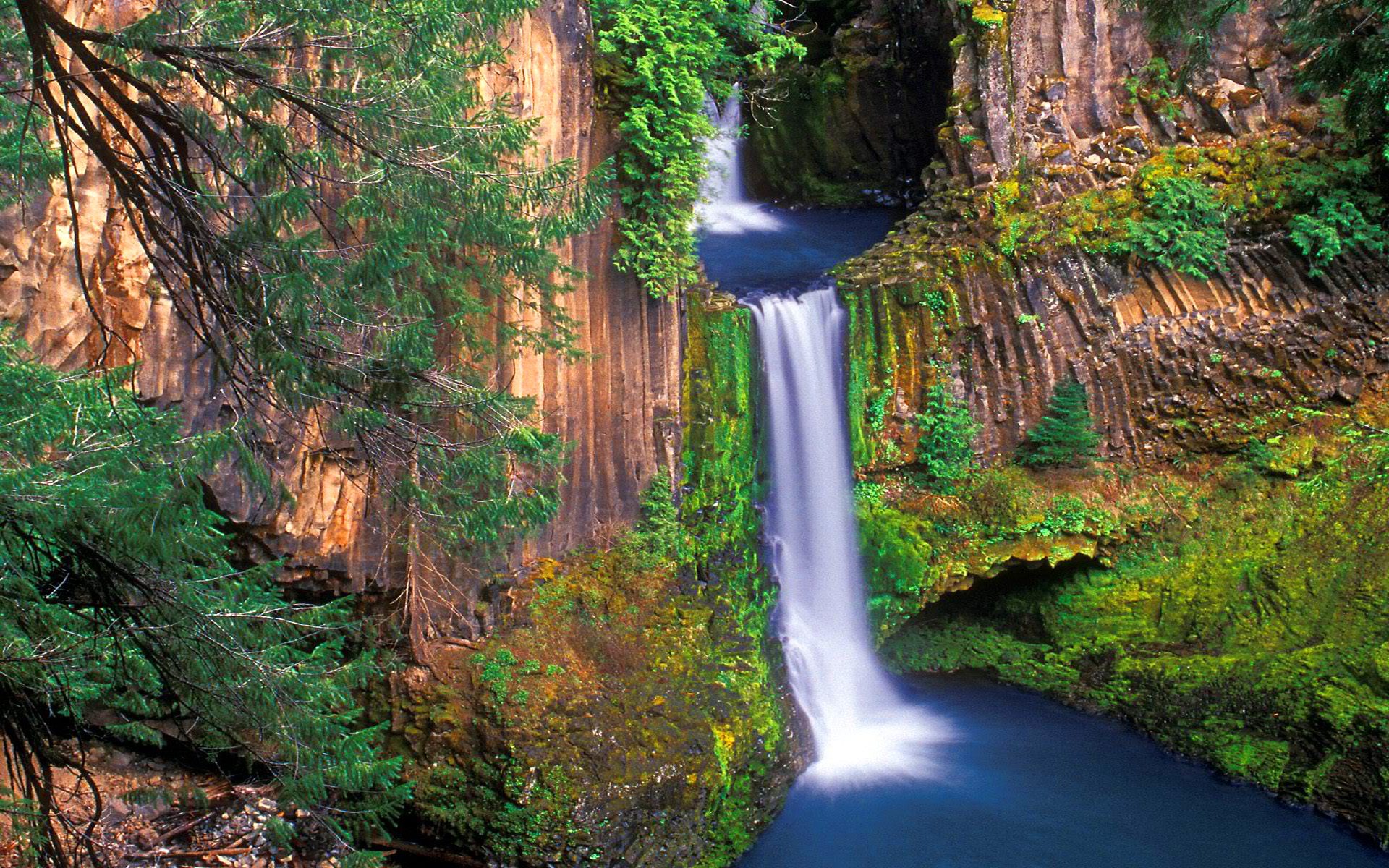
Fishing Tips: Trolling with spinners, plugs, and cut-plug herring is highly effective on the lower Umpqua. As you move upriver, drift fishing with roe, sand shrimp, or yarn balls becomes the go-to method. In the upper reaches, casting spinners and drifting roe under a float can produce explosive strikes from holding Chinook.
4. Tillamook Bay Rivers
The rivers emptying into Tillamook Bay on Oregon’s northern coast are known for their impressive fall Chinook salmon runs. The Wilson, Trask, and Nestucca rivers attract anglers seeking hard-fighting, chrome-bright Chinook fresh from the ocean. These coastal streams offer intimate fishing experiences amidst stunning old-growth forests and lush vegetation.
Fishing Tips: In the Tillamook Bay rivers, drift fishing with clusters of eggs, sand shrimp, or Spin-N-Glos is highly productive. Backtrolling with divers and bait can also yield great results, especially in the deeper holes and slots. As water levels drop, casting spinners and twitching jigs becomes increasingly effective.
5. Deschutes River
The Deschutes River, originating in the Cascade Mountains of central Oregon, is renowned for its wild and scenic beauty as well as its exceptional Chinook salmon fishing. The river’s fall Chinook run, which begins in August and peaks in September, draws anglers from around the globe seeking powerful, acrobatic fish in a breathtaking high desert setting.
Fishing Tips: On the Deschutes, side-drifting with cured roe or back-bouncing with Kwikfish lures are popular and effective techniques. Fly anglers can target Chinook by swinging large streamers on heavy sink-tip lines through deep runs and pools. The Deschutes’ rugged terrain and swift currents demand stout gear and a well-honed set of angling skills.
Fishing License Requirements in Oregon
Before embarking on your Oregon Chinook salmon fishing adventure, it’s crucial to obtain the proper fishing licenses and understand the regulations. Here’s what you need to know:
- All anglers aged 12 and older must possess a valid Oregon fishing license. Licenses can be purchased online, at ODFW offices, or through authorized license agents across the state.
- Residents and non-residents can choose from annual, daily, or multi-day licenses, with prices varying based on duration and residency status.
- When fishing for Chinook salmon, you must also purchase a Combined Angling Tag (annual or daily), which allows you to fish for and retain salmon, steelhead, sturgeon, and Pacific halibut.
- Certain rivers and sections may have specific regulations, such as catch limits, size restrictions, and seasonal closures. Always consult the Oregon Sport Fishing Regulations before planning your trip.
Fishing License Fees (as of 2024)
Resident Annual Licenses:
- Angling License: $44
- Combined Angling Tag: $46
- Sports Pac (includes angling and hunting licenses, combined angling tag, and more): $196.50
Non-Resident Annual Licenses:
- Angling License: $110.50
- Combined Angling Tag: $66
Daily/Multi-Day Licenses (Resident & Non-Resident):
- 1-Day Angling License: $23
- 2-Day Angling License: $42
- 3-Day Angling License: $59.50
- 7-Day Angling License (Non-Resident only): $93.50
For a complete list of license fees and requirements, visit the Oregon Department of Fish and Wildlife website.
Conclusion
Oregon’s rivers offer unparalleled opportunities for trophy Chinook salmon fishing, drawing anglers from around the world to test their skills against these magnificent fish. By focusing your efforts on the Columbia, Rogue, Umpqua, Tillamook Bay rivers, and Deschutes River, you’ll maximize your chances of landing the Chinook of a lifetime amidst some of the most stunning scenery in the Pacific Northwest.
Remember to obtain the necessary fishing licenses and familiarize yourself with the regulations before hitting the water. With the right preparation, techniques, and a bit of luck, you’ll soon find yourself battling a chrome-bright, hard-fighting Oregon Chinook salmon – an experience you’ll cherish for years to come.
So gather your gear, book your trip, and get ready to immerse yourself in the world-class Chinook salmon fishery that is Oregon. Tight lines and happy fishing!

